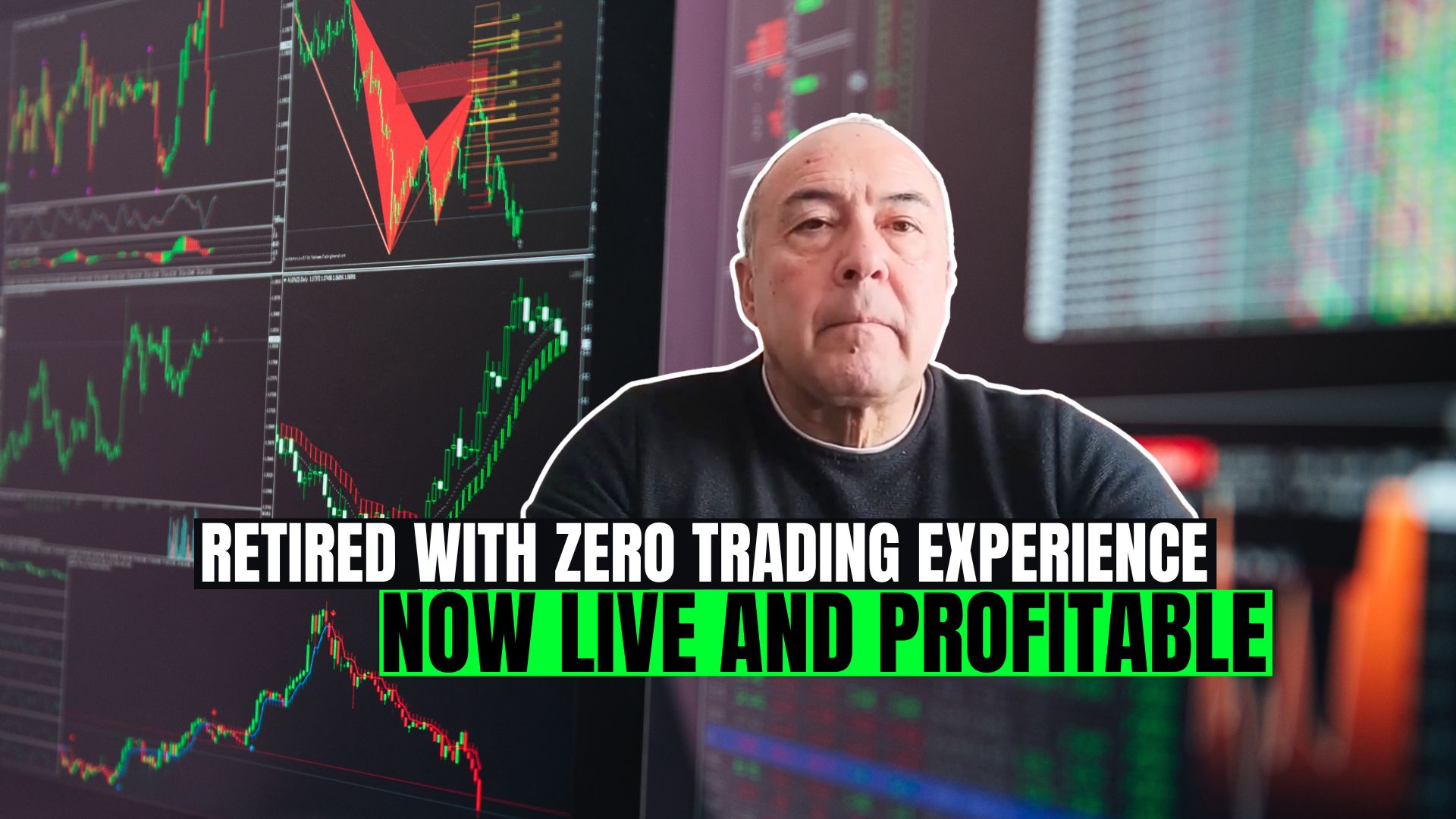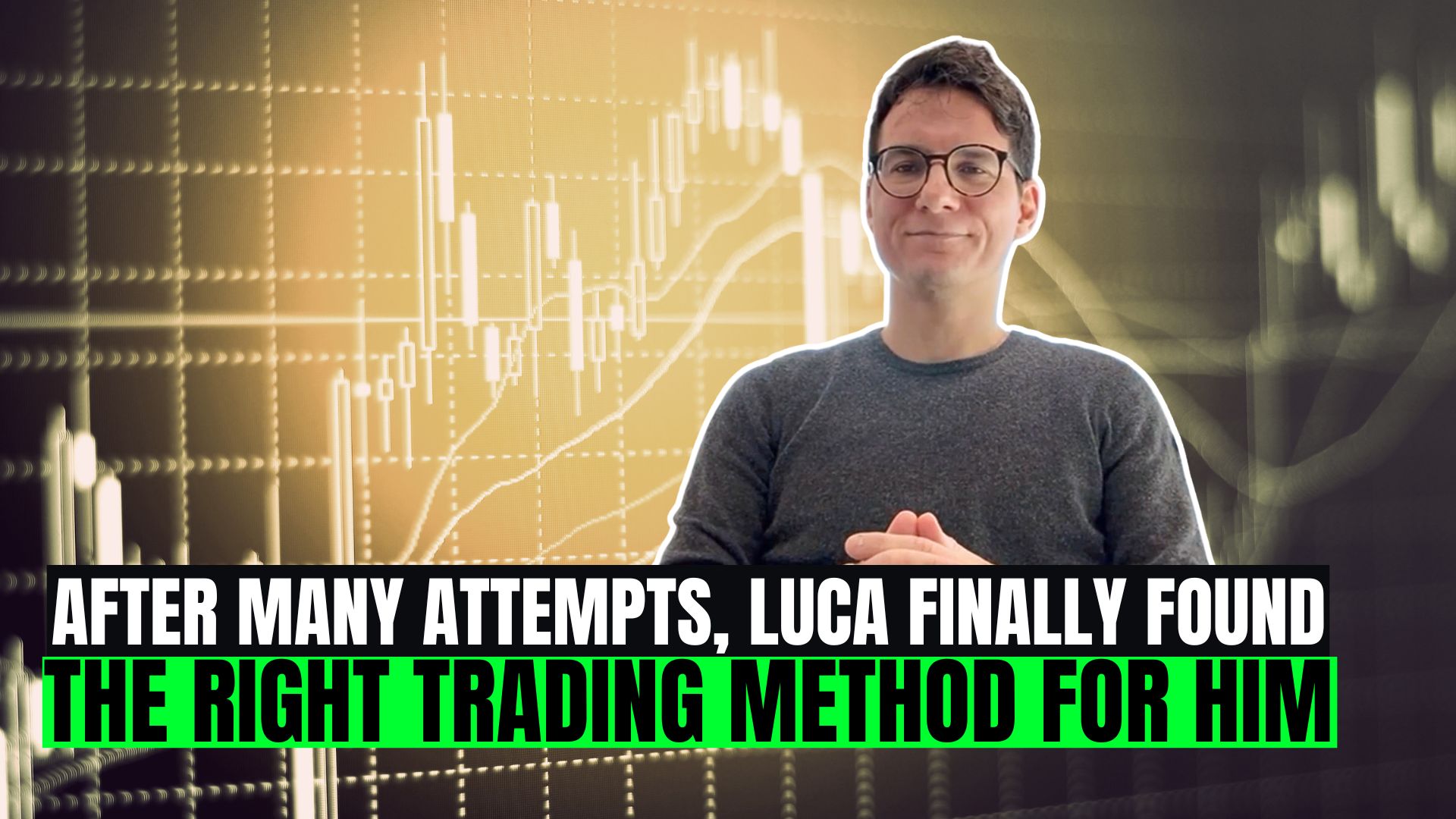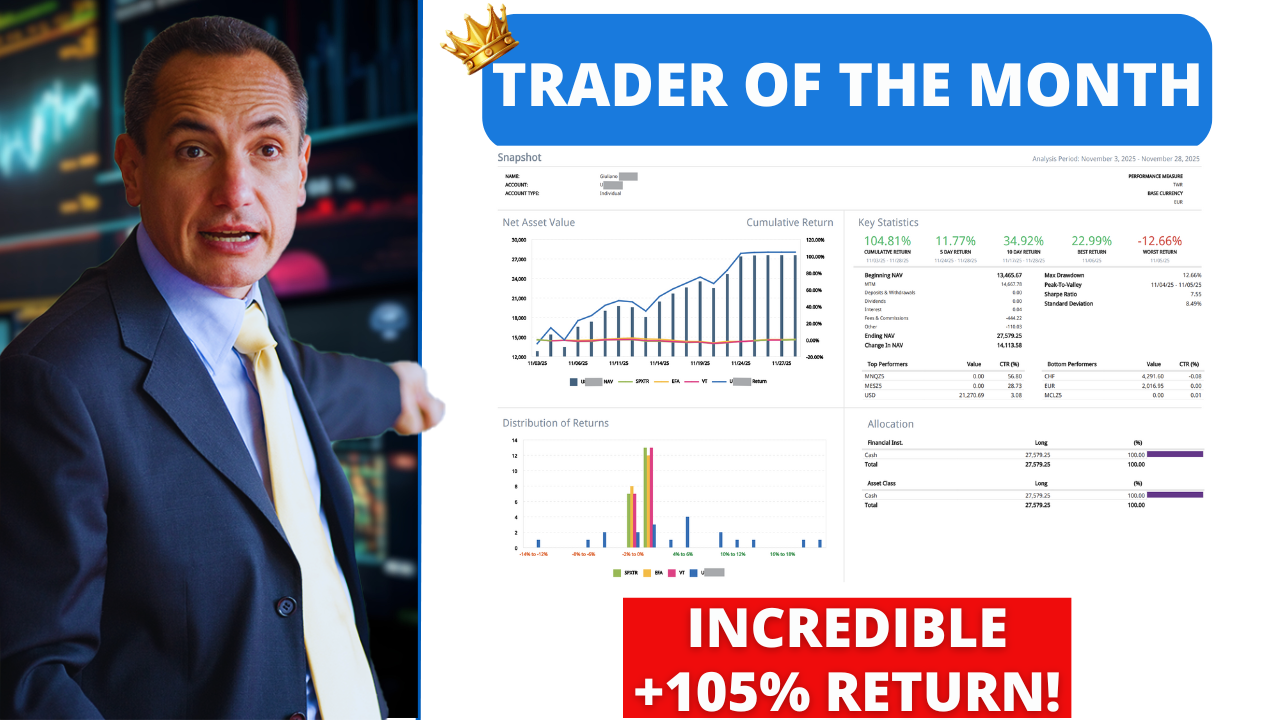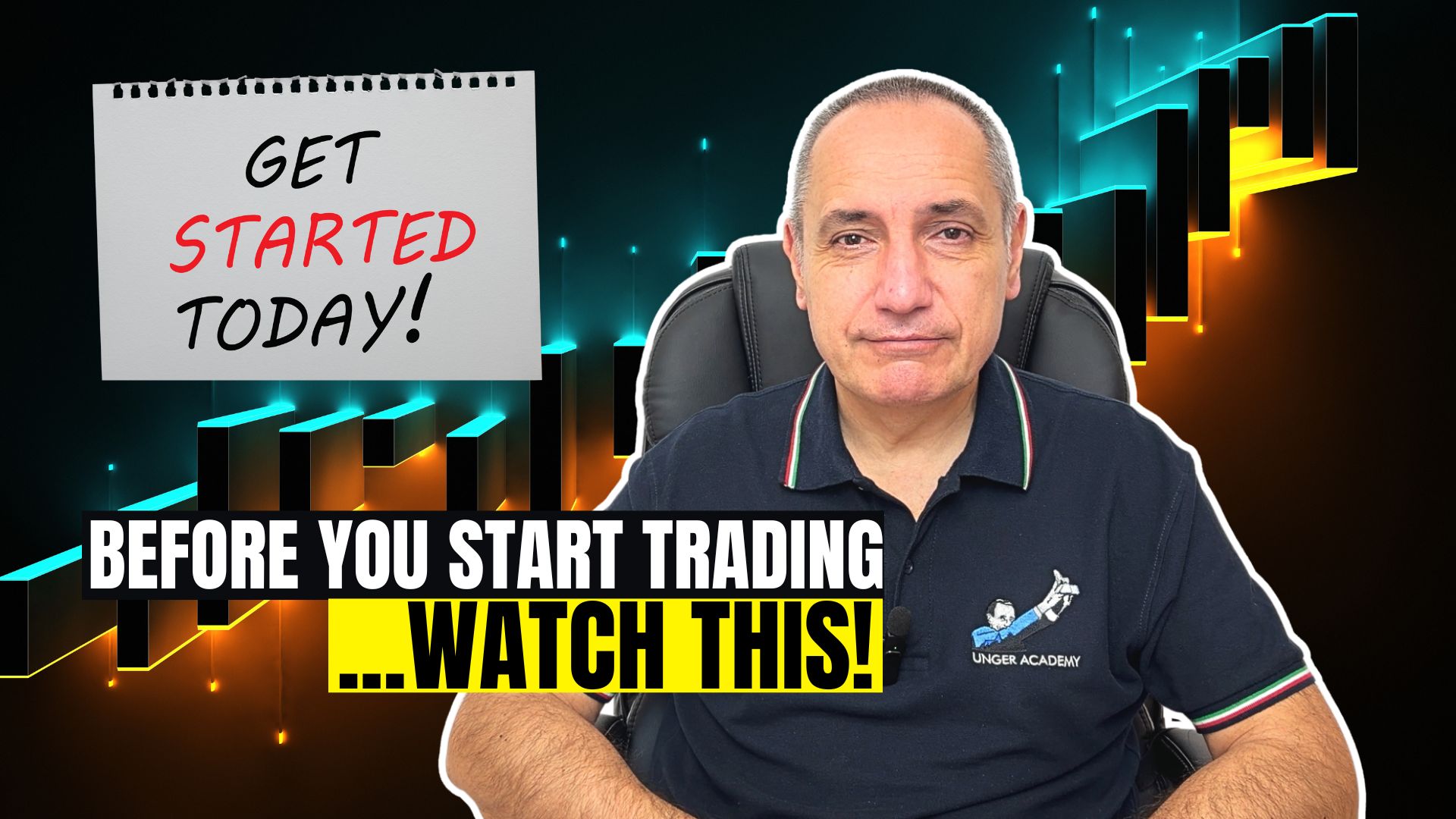Hi guys, hi from Andrea Unger! Today, I’d like to talk a little bit about the currency market, which includes both futures and Forex.
The first thing to know about the currency market is that it includes both currency futures and the Forex market. So, which one should we choose? Both have their pros and cons, so let’s see them together.
Forex is certainly good for those who aren’t extremely capitalized. Thanks to downsize scalability, it’s possible to trade Forex with mini- and micro-lots. So, you can easily adapt your position to the level of capital you have on your account.
On futures, instead, you can’t obviously do that, because the least you can trade is one contract, and not, say, 0.1 contract.
However, futures are a regulated market, whereas Forex is an over-the-counter market. As somebody might feel uncomfortable trading an over-the-counter market, the choice is up to you.
In any case, here is a list of some of the most important futures in the currency market:
- Euro-Dollar
- British Pound
- Japanese Yen
- Australian Dollar
- New Zealand Dollar
- Swiss Franc
- Mexican Peso.
The most important and easy ones to trade in a systematic way are the Euro-Dollar and the British Pound Futures. They adapt to both trend-following and counter-trend strategies.
Over the last few years, these futures have become a bit more difficult to trade, though. So, keep in mind that it’s easy to find models that worked well in the past and continue producing profits today.
In terms of stops, on a general basis, if you develop intraday or overnight, you should stay somewhere around 100 pips—or 100 ticks if you talk about futures—which is a reasonable level. You can move a bit around this value, ranging from 70 to 130. This is obviously something you should keep in mind when you develop strategies.
Japanese Yen is an interesting market. Sometimes it rises very much and, if you’re in the right position in that moment, you can obviously take advantage of this. However, it’s not that easy to find good models. Mostly, you should look for counter-trend strategies but, in any case, it’s not the easiest market to develop on.
It’s a bit easier to approach the Australian Dollar, especially if you use trend-following systems. It has become liquid enough recently, so you can access it with no fear of not getting enough players. The same goes for the New Zealand Dollar, even if it moves worse than the Australian Dollar, so finding models that work on it is more difficult.
The Swiss Franc has no cap anymore with the Euro-Dollar, so, actually, it’s free. It’s an interesting diversification as an alternative to the Euro-Dollar. You can find different models that work on it, including counter-trend and trend-following systems, but I advise that you don’t trade it if you already trade the Euro-Dollar Future.
The Mexican Peso is a nice market. It’s a very liquid future, but it’s quite difficult to find both models that fit it and inputs it responds well to. I included it in this list because it’s important, but I wouldn’t consider developing on it, because it isn’t very easy.
One of the pros of Forex is that there are more pairs. For instance, there’s no Euro/Yen currency future. At least, I’m not sure this pair exists, as it isn’t even considered in terms of liquidity.
In any case, there are many more pairs in Forex. This allows you to actually diversify your trading in a completely different way, sizing upon more developing opportunities. That’s another reason why you could prefer Forex to futures.
If you feel comfortable with over-the-counter trading, fine; you can do it. Instead, you can choose futures, which are regulated markets. For instance, I focus on futures, and I think they offer enough to work on, even if it’s a bit less than what you find on Forex.
Of course, there are many other markets in addition to currencies. I speak about them in other posts and videos, so… stay tuned!
Ciao from Andrea Unger!







